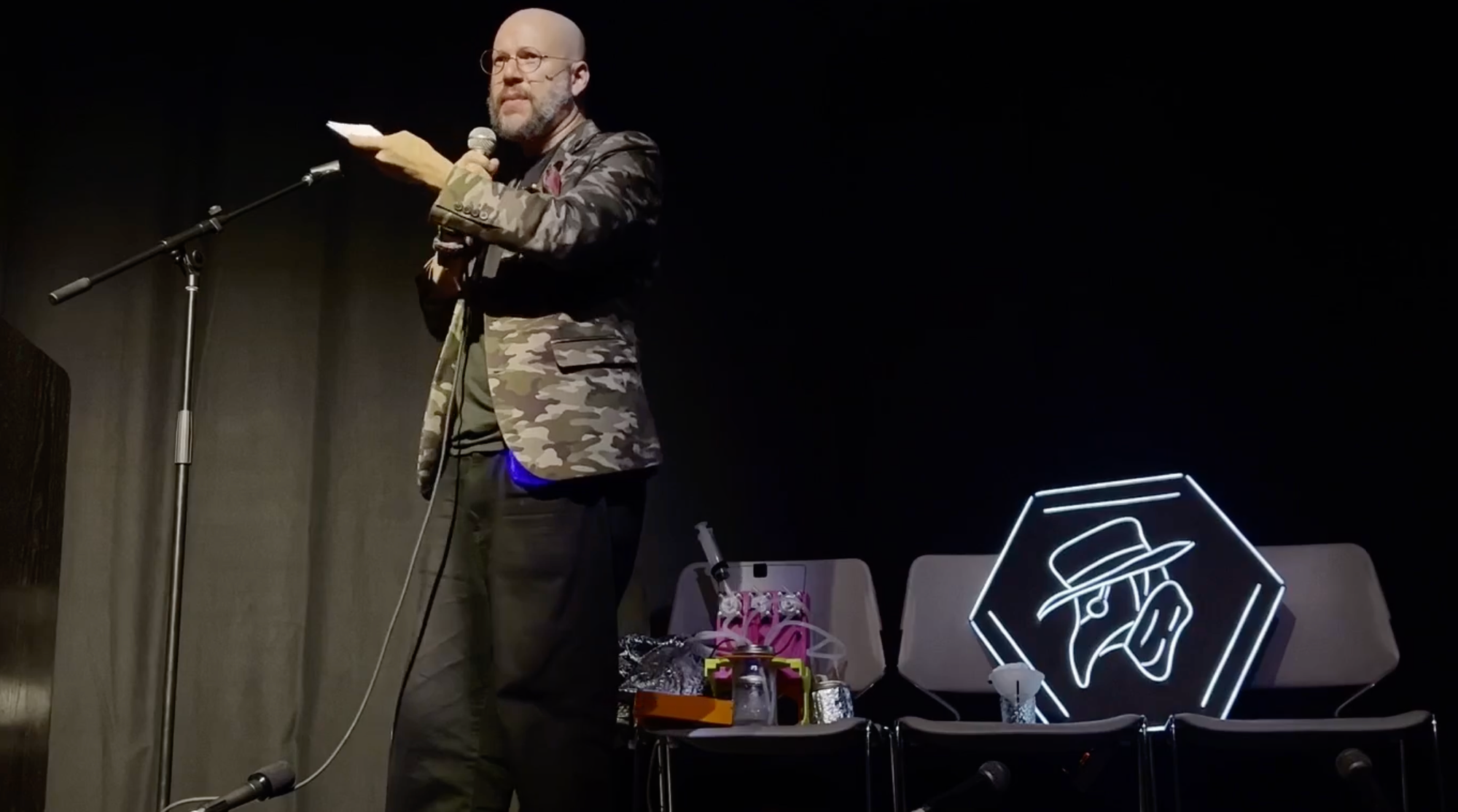I’ve been videochatting with Mixæl Swan Laufer for about 30 minutes about an exciting discovery when he points out that to date, the best way he’s been able to bring attention to his organization is “the old school method of me performing a bunch of federal felonies on stage in front of a bunch of people.”
I stop him and ask: “In this case, what are the felonies?”
“Well, the list is pretty long,” he said.
Laufer is the chief spokesperson of Four Thieves Vinegar Collective, an anarchist collective that has spent the last few years teaching people how to make DIY versions of expensive pharmaceuticals at a tiny fraction of the cost. Four Thieves Vinegar Collective call what they do “right to repair for your body.”
This post is for paid members only
Become a paid member for unlimited ad-free access to articles, bonus podcast content, and more.
Subscribe
Sign up for free access to this post
Free members get access to posts like this one along with an email round-up of our week's stories.
Subscribe
Already have an account? Sign in

